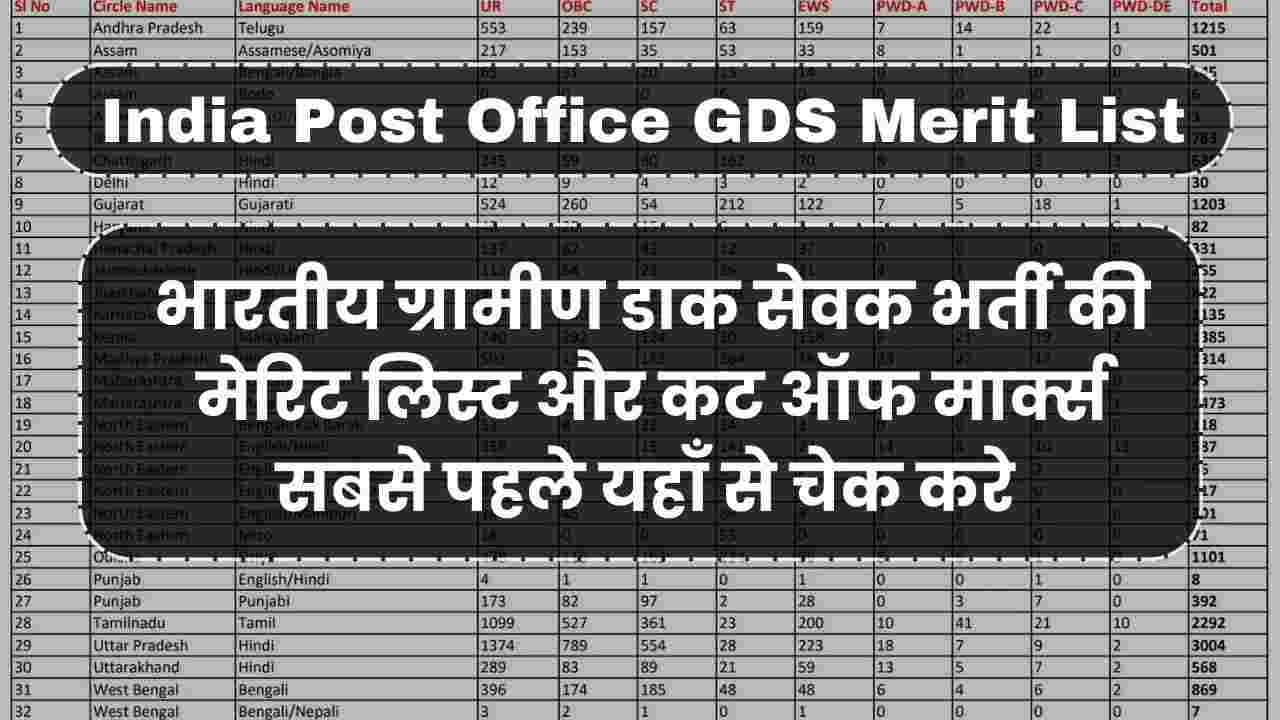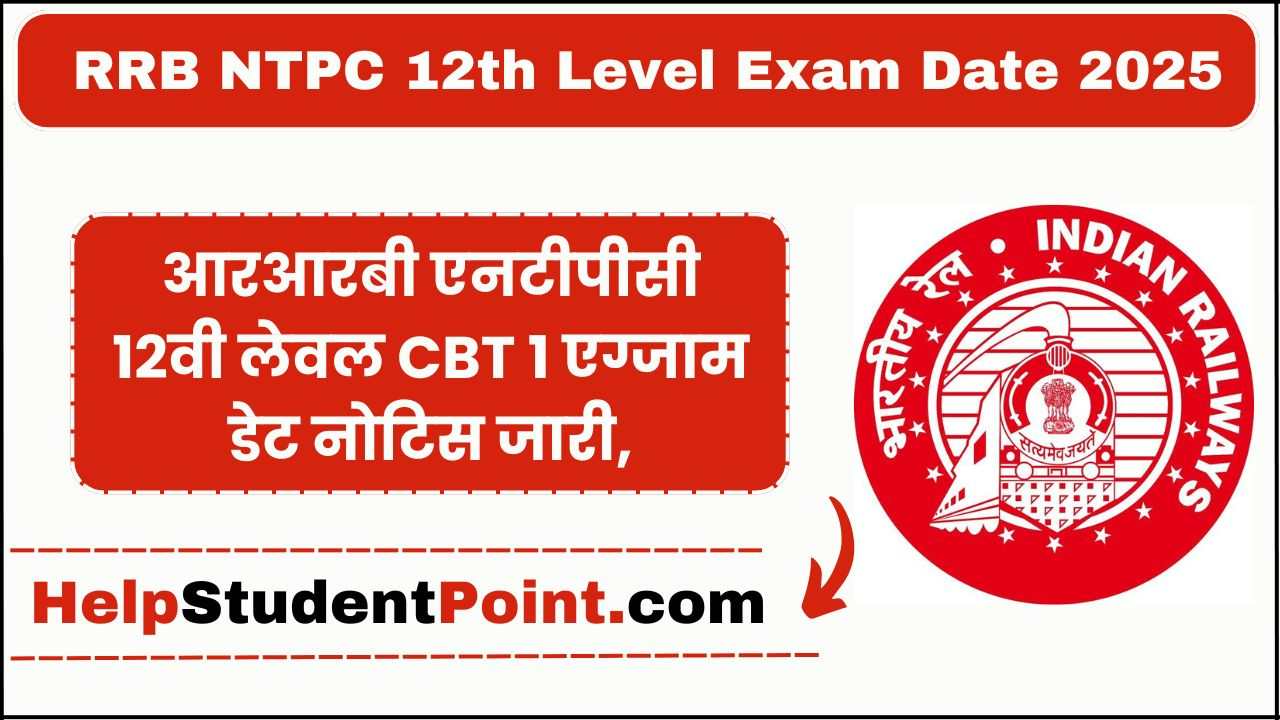|
Construction Technology, Equipment, Planning and Management
- Construction Technology
Engineering Materials :
Physical properties of construction materials with respect to their use in
construction—Stones, Bricks and Tiles; Lime, Cement, different types of Mortars and
Concrete.
Specific use of ferro cement, fiber reinforced C. C., High strength concrete.
Timber; Properties defects—common preservation treatments.
Use and selection of materials for specific use like Low Cost Housing, Mass Housing, High
Rise Buildings.
- Construction :
Masonry principles using Brick, stone, Blocks—construction detailing and strength
characteristics.
Types of plastering, pointing, flooring, roofing and construction features.
Common repairs in buildings.
Principle of functional planning of building for residents and specific use—Building code
provisions.
Basic principles of detailed and approximate estimating—specification writing and rate
analysis-principles of valuation of real property.
Machinery for earthwork, concreting and their specific uses—Factors affecting selection
of equipment—operating cost of equipment.
- CONSTRUCTION PLANNING AND MANAGEMENT :
Construction activity—schedules—organization for construction industry—Quality
assurance principles.
Use Basic principle of network—analysis in form of CPM and PERT—their use in
construction monitoring, Cost optimization and resource allocation.
Basic principles of Economic analysis and methods.
Project profitability—Basic principles of Boot approach to financial planning-simple toll
fixation criterions.
Surveying and Transportation Engineering
- Surveying : Common methods and instruments for distance and angle measurement for
CE work—their use in plane table, traverse survey, levelling work, triangulation,
contouring and topographical map.
Basic principles of photogrammetry and remote sensing.
- Railways Engineering : Permanent way—components, types and their
function-Functions and Design constituents of turn and crossing— Necessity of
geometric design of track—Design of station and yards.
- Highway Engineering :
Principles of Highway alignments—classification and geometrical design elements and
standards for Roads.
Pavement structure for flexible and rigid pavements—Design principles and
methodology of pavements.
Typical construction methods and standards of materials for stabilized soil, WBM,
Bituminous works and CC roads.
Surface and sub-surface drainge arrangements for roads—culvert structures.
Pavement distresses and strengthening by overlays.
Traffic surveys and their application in traffic planning—Typical design features for
channelized, intersection rotary etc.—signal designs—standard Traffic signs and
markings.
Hydrology, Water Resources and Engineering
- Hydrology :
Hydrological cycle, precipitation, evaporation, transpiration, infiltration, overland flow,
hydrograph, flood frequency analyses, flood routing through a reservoir, channel flow
routing—Muskingam method.
- Ground Water flow :
Specific yield, storage coefficient, coefficient of permeability, confined and unconfined
aquifers, aquifers, aquitards, radial flow into a well under confined and unconfined
conditions.
- Water Resources Engineering :
Ground and surface water resources, single and multipurpose projects, storage capacity
of reservoirs, reservoir losses, reservoir sedimentation.
- Irrigation Engineering :
(i) Water requirements of crops : consumptive use, duty and delta, irrigation methods and
their efficiencies.
(ii) Canals : Distribution systems for cannal irrigation, canal capacity, canal losses, alignment
of main and distributory canals, most efficient section, lined canals, their design, regime
theory, critical shear stress, bed load.
(iii) Water logging : causes and control, salinity.
(iv) Canal structures : Design of head regulators, canal falls, aqueducts, metering flumes
and canal outlets.
(v) Diversion head work : Principles and design of weirs on permeable and impermeable
foundation, Khosla’s theory, energy dissipation.
(vi) Storage works : Types of dams, design, principles of rigid gravity stability analysis.
(vii) Spillways : Spillway types, energy dissipation.
(viii) River training : Objectives of river training, methods of river training.
Environmental Engineering
- Water Supply :
Predicting demand for water, impurities of water and their significance, physical,
chemical and bacteriological analysis, waterborne diseases, standards for potable water.
- Intake of Water :
Water treatment: principles of coagulation, flocculation and sedimentation; slow-, rapid-,
pressure-, filters; chlorination, softening, removal of taste, odour and salinity.
- Sewerage Systems :
Domestic and industrial wastes, store sewage—separate and combined systems, flow
through sewers, design of sewers.
- Sewage Characterization
BOD, COD, solids, dissolved oxygen, nitrogen and TOC. Standards of disposal in normal
water course and on land.
- Sewage Treatment :
Working principles, units, chambers, sedimentation tank, trickling filters, oxidation
ponds, activated sludge process, septic tank, disposal of sludge, recycling of waste water.
- Solid waste :
Government strives to have a workforce which reflects gender balance and women candidates are encouraged to apply.
Collection and disposal in rural and urban contexts, management of long-term ill-effects.
- Environmental pollution :
Sustainable development. Radioactive wastes and disposal. Environmental impact
assessment for thermal power plants, mines, river valley projects. Air pollution. Pollution
control acts
|




